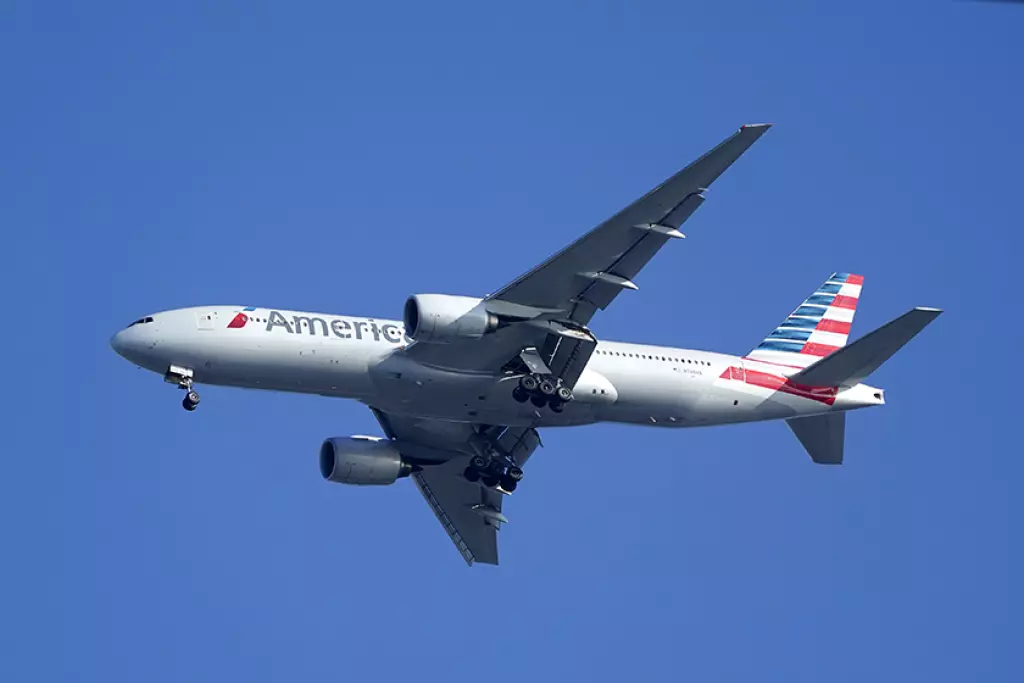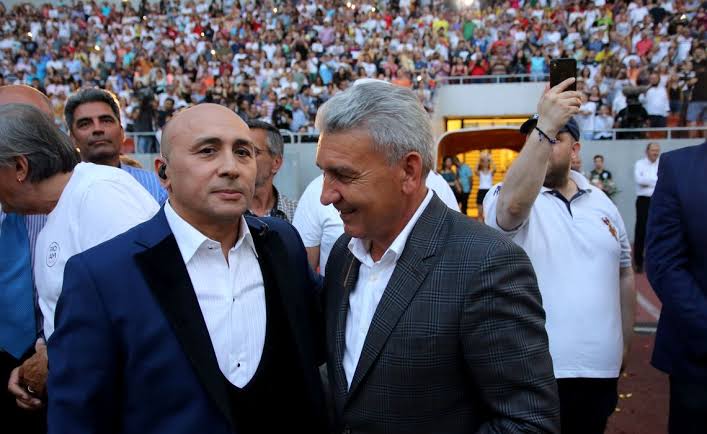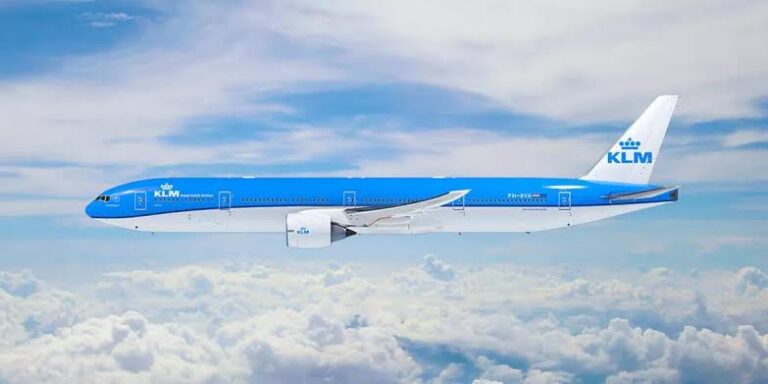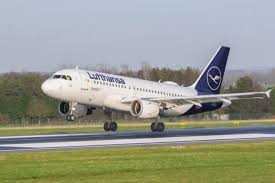American Airlines CEO Gives Updates on Flight Involved in Collision Near Reagan Airport
Here’s an in‑depth look at how American Airlines CEO Robert Isom has guided the airline’s response in the weeks following the mid‑air collision of Flight 5342 and a U.S. Army Black Hawk helicopter near Ronald Reagan Washington National Airport:
American Eagle Flight 5342, operated by PSA Airlines on a Bombardier CRJ‑700 airframe, departed Wichita, Kansas, on January 29, 2025, bound for Washington, D.C. During its final approach to Reagan National, the regional jet collided with a military Sikorsky UH‑60 Black Hawk helicopter conducting a night training exercise. Both aircraft plunged into the Potomac River, resulting in the loss of all 64 people aboard the CRJ and three soldiers in the helicopter . In the immediate aftermath, American Airlines mobilized its Go Team and Care Team to support families and coordinate with federal investigators; CEO Robert Isom personally traveled to Washington, D.C., underscoring the airline’s commitment to transparency and care .
Background of the Collision
On Wednesday, January 29, at approximately 8:55 p.m. EST, American Eagle Flight 5342 was on a routine approach when air traffic control observed the Black Hawk helicopter enter the CRJ’s flight path . Controllers twice attempted to warn the helicopter—“PAT 25, do you have the CRJ in sight?” and “PAT 25, pass behind the CRJ”—but received no response before the collision . Both aircraft impacted the Potomac just north of the airport, initiating a large‐scale search‐and‐rescue operation involving multiple law enforcement and emergency agencies .
This tragedy marked the deadliest U.S. commercial aviation accident since 2001 and the first fatal incident for American Airlines since Flight 587 in 2001 . The collision also represented the first fatal mid‑air event involving a CRJ‑700 series aircraft and underscored vulnerabilities in the shared air corridors around Washington’s restricted airspace .
Initial CEO Response
Within hours, CEO Robert Isom recorded a video statement from Fort Worth, Texas, expressing profound sorrow: “First and most importantly, I’d like to express our deep sorrow about these events. This is a difficult day for all of us at American Airlines” . He announced activation of the airline’s Go Team—crisis responders tasked with meeting families at the airport—and Care Team, which provides counseling and logistical support . A dedicated hotline (1‑800‑679‑8215) was established for loved ones seeking information about passengers and crew .
Isom pledged full cooperation with the National Transportation Safety Board (NTSB) and FAA, noting: “We are cooperating fully with the NTSB in its investigation, and we’ll continue to provide all the information we can. Our cooperation is without pause, and we want to learn everything we can about today’s events” .
Media Appearances & Press Conferences
On January 30, Isom held a press conference in Fort Worth before flying to Washington, D.C., reiterating the airline’s focus: “Our focus right now is doing everything that we can to support all those involved and also the PSA Airlines team. This is devastating. We are all hurting incredibly” . Arriving at Reagan National later that day, he met with first responders, families, and airline personnel, emphasizing “Nothing is more important than safety in our business. It’s a responsibility that every American Airlines team member and aviation professional takes very seriously” .
In follow‑up video statements, Isom acknowledged the unanswered questions: “I know that there are many questions at this early stage. I just won’t be able to answer many, but we’ll provide additional information as it comes” . He also sought to clarify that the CRJ was on an “otherwise normal approach” when the collision occurred .
Cooperation with Authorities & Family Support
American Airlines immediately dispatched its crisis management teams to both D.C. and Wichita. The airline offered hotel accommodations, travel arrangements, bereavement counseling, and financial assistance to affected families . Isom underscored the airline’s “unwavering commitment” to care for passengers, crew, and their loved ones, stating, “We’re absolutely heartbroken for the family and loved ones of the passengers and crew members and also for those on the military aircraft” .
Meanwhile, the FAA temporarily suspended civilian helicopter operations within specified corridors around Reagan National and began working with the Department of Defense to review military flight procedures in the capital region . Transportation Secretary Sean Duffy described the collision as “not standard” and supported implementing the NTSB’s urgent safety recommendations, highlighting the unusual convergence of flight paths rather than unusual routing itself .
Government & Regulatory Actions
President Donald Trump, in consultation with FAA Administrator Steve Dickson and Secretary Duffy, issued an immediate order to limit helicopter traffic in the D.C. Special Flight Rules Area (SFRA). The NTSB’s preliminary recommendations called for suspension of certain low‑altitude helicopter routes pending a comprehensive safety review . Within days, FAA Notice to Air Missions (NOTAM) 25‑012 temporarily closed Routes 1 and 4—popular commercial and medical helicopter corridors—to all but essential military, presidential, and law enforcement traffic .
These measures aimed to prevent recurrence of uncontrolled flight interactions in one of the nation’s busiest and most complex airspaces. Congress signaled bipartisan support for accelerating funding toward a modernized air traffic control system, including NextGen upgrades for digital radar and ADS‑B integration .
NTSB Preliminary Findings & CEO Follow‑Up
On March 11, 2025, the NTSB released its preliminary factual report, confirming that Flight 5342 and the Black Hawk were both at established altitudes on published approach plates when radar data showed the Black Hawk deviating 300 feet below its assigned altitude, intersecting the CRJ’s glidepath . No mechanical malfunctions were detected on either aircraft, and ATC transcripts corroborated that multiple controllers issued traffic advisories to the Black Hawk .
That same afternoon, Isom issued a second formal statement praising the NTSB’s “thorough investigation” and urging immediate adoption of the report’s “urgent safety recommendations to restrict helicopter traffic around DCA” . He reiterated American’s intent to “work with the Trump Administration and Congress to make our aviation system even safer,” including greater investments in infrastructure, technology, and personnel .
Looking Ahead: Safety Measures & Future Steps
American Airlines has pledged to participate in industry‑wide task forces to reassess flight‑path deconfliction in SFRA and to support enhanced pilot‑controller communication protocols. The airline is also exploring incorporation of collision‑avoidance advisories into cockpit displays, beyond standard TCAS alerts .
In Congress, FAA reauthorization hearings have focused on expediting NextGen modernization and expanding controller staffing at Potomac TRACON and Reagan tower. Military authorities are reviewing Black Hawk training procedures over civilian airspace, with potential revisions to nighttime exercise zones .
As investigations continue toward a final NTSB report later this year, American Airlines under Isom’s leadership remains committed to supporting victims’ families, learning from this tragedy, and driving safety improvements that will strengthen the resilience of the national air transportation system.





